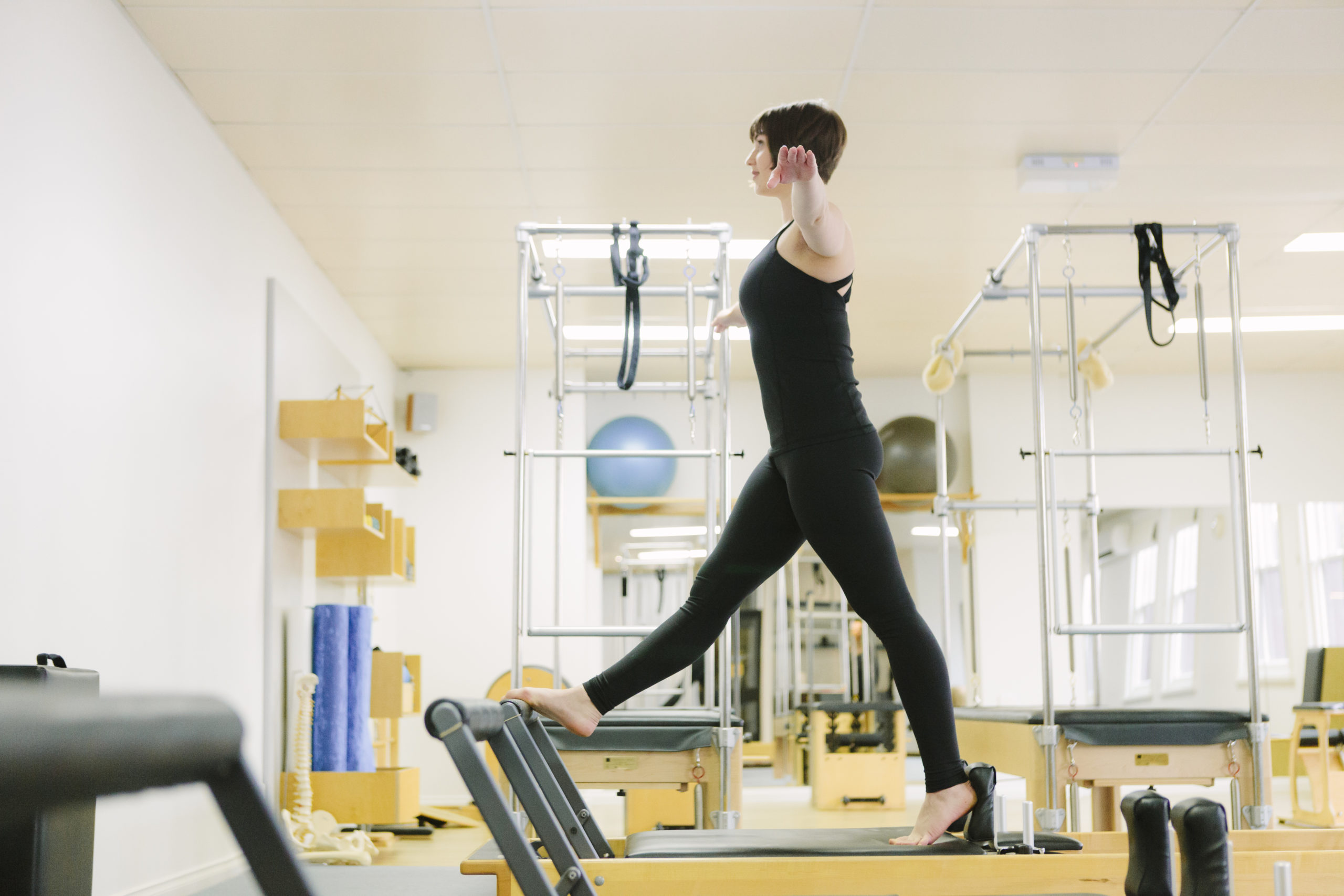21st century “tech postures” and sedentary lifestyles decrease pelvic floor function.
By: Kerrie Murphy | 25/01/2023
As we come out of a slew of lockdowns and increased working from home, we spend more time sitting down with less incidental movement occurring. Chances are your home office is smaller than your work office, and you probably didn’t walk from your home to the station or the tram or bus stop and from the station or the stop to the office and from the office to your favourite coffee shop (okay maybe you did do that last one!).
With the limited movement that is being performed, stride length is shorted – no need to take big steps when walking around your living room. This is further impacted by increased sitting shortening the hip flexors and limiting pelvic mobility. These shorter steps are insufficient to optimally hydrate the fascia, load rotational forces in the body and stimulate the neuromuscular system [1]. We need counter rotation in the thoracic spine from reciprocal arm swing to correctly transfer impact forces within our gait. If we lose this rotational element of gait the entire movement efficiency pattern breaks down and restrictions, compensations and connective tissue fatigue results.
Desk or tech postures aren’t just about slouching and forward head position. These postures impact our pelvic function and ability to walk and travel through life with functional movement patterns.
A 2009 publication by Fritz et al. referred to walking speed as the 6th vital sign – with regression of walking speed linked to changes in quality of life, reduced independence, isolation and cognitive decline.
In order to walk faster and live longer, we need to have functional balance (for the ability to stand on one leg as part of our walking patterns), mobility and fascial flexibility [2]. These elements are key to our programming at Infinity Pilates. We incorporate the use of breath, connecting mind and body to train functional movement patterns and pathways for longer, fuller lives.
“Change happens through movement and movement heals.” Joseph Pilates.
Nicola Kuiper
- https://www.otpbooks.com/emily-splichal-walking/
- “Walking Speed as a Predictor of Longevity”, Dr Emily Splichal

